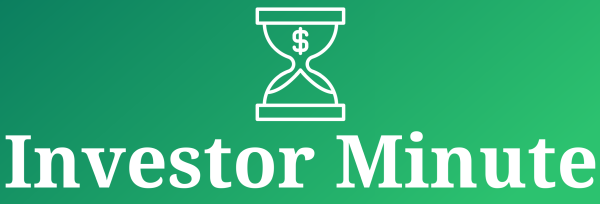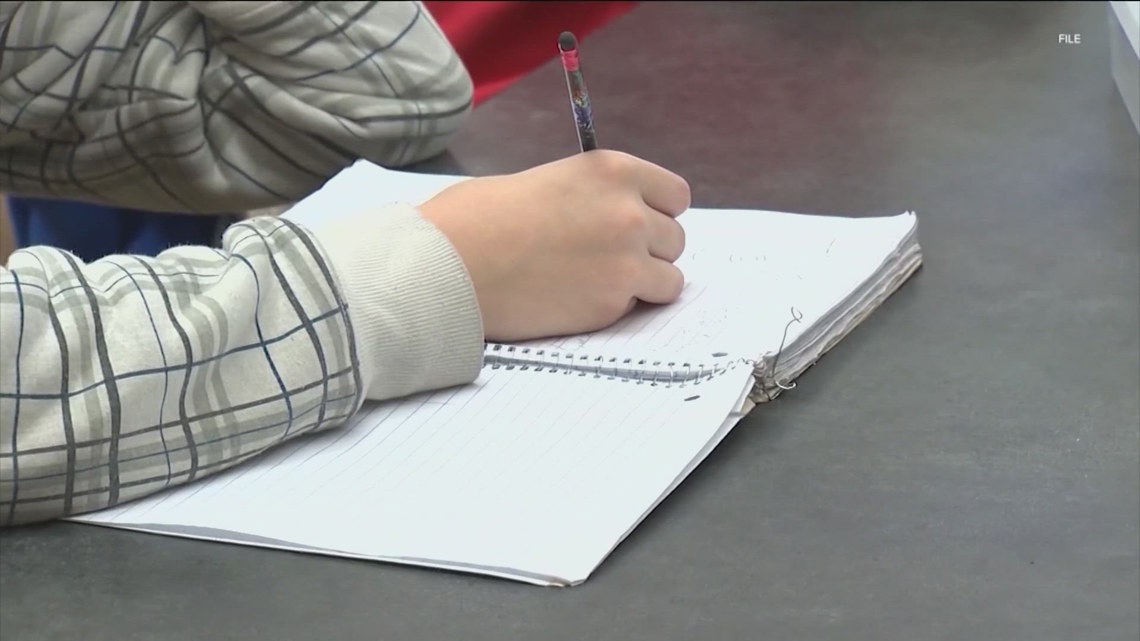The House Public Education Committee voted to advance Senate Bill 2 and House Bill 2 on Thursday.
AUSTIN, Texas — On Thursday, a Texas House committee advanced a pair of bills to create education savings accounts and increase state funding for public school districts.
The committee vote occurred in a packed hearing room at the John H. Reagan building. Although the room is fully equipped with the capability to live stream video of the hearing to Texas across the state, Republican leaders elected to have no live stream for it.
“Texans deserve to see this conversation on the dais on these bills that will radically transform public education in this state,” State Rep. James Talarico (D-Austin) said.
The House Public Education Committee planned to take up Senate Bill 2, the Senate’s voucher proposal, and House Bill 2, a public school funding bill, on Tuesday morning, but lawmakers canceled the hearing late Monday night. Committee Chair Brad Buckley said he decided to postpone the meeting to Thursday to give lawmakers more time to review proposed changes to the bills and look at the impact of the bills on public schools in their districts before casting a vote on them.
Republicans and conservatives have long advocated for some kind of school choice program to allow families to use tax dollars to help send their kids to private school, saying it would give families more options.
“We’re trying to give parents more tools in their toolbox because raising kids and educating kids is difficult. It’s very complicated, and what it looks like for me may not work the same for you,” Rep. Brad Buckley (R-Saledo) said. “This body cannot contemplate the circumstances that some children face. This is just another option for parents.”
The committee is proposing several changes to Senate Bill 2, which the Senate passed early in the legislative session. The most notable change would be adding a $1 billion spending cap for the first two years of a potential school voucher program. It attempts to alleviate some concerns about how much the voucher program could balloon. Estimates by the Texas Legislative Budget Board found the cost could skyrocket to nearly $5 billion by 2030, something Gov. Greg Abbott has called “nothing but fiction” and said, “the number can only grow as large as much as the legislature decides to appropriate to it.”
“We don’t know how many will jump on the lifeboat, and for those families, some of those have decided to be in private school already, and others may be in public school. Others may choose home school,” Buckley said. “At the end of the day, we must see how many children choose to participate.”
Under HB 3, students in the program would receive funding for private school tuition equal to 85% of the average state and local funding public schools receive per student. The Texas Education Agency estimated that number to be about $12,800 in the fiscal year 2023. Based on that, students in the ESA program would be eligible for a little under $10,900, possibly fluctuating as the average state and local funding per child changes.
Up to $30,000 would be given to students in special education, and HB 3 would provide up to $2,000 for homeschooling. The funding for special education can fluctuate depending on the classroom.
“I don’t know the particular challenges a child has had, but I do know that when you put the choice in the hands of the parents, they will make the right call,” Buckley said. “I think the circumstances will look different from family to family, and that’s what I know. That’s what this is all about.”
The cap means that the state could not spend more than $1 billion on the program, even if there are more applications than that.
If the state gets more ESA applications than it has money for, students living below the poverty line and children with disabilities would be prioritized. The state would limit funding for students without disabilities and wealthier households — particularly a family of four that makes around $156,000 or greater — to 20% of the program’s total budget for the first school year. The program would also prioritize students in public schools over those in private schools.
“I want to caution us against taking away tax dollars from those real choice options and giving it to an unaccountable system that will primarily serve the wealthy few. That is the problem here,” Talarico said. “I resent the effort to use parents or use choice to pass a bill that will help the wealthiest families in the state at the expense of working-class kids all over Texas.”
Democratic lawmakers argue that the plan to help families pay for homeschooling or private school expenses will not help the poorest families, who could most benefit from school choice.
“When vouchers come, they kill neighborhood schools. Schools are closing down right now. Programs are being eliminated in schools. This will be a detriment to all public schools,” Rep. Alma Allen (D-Houston) said. “I don’t know anything you can do to fix a bill that convinces me to vote for vouchers that are going to destroy the schools of the future, will destroy my children, my grandchildren, and great-grandchildren.”
Another change to the ESA bill would limit the program to U.S. citizens or people lawfully in the country.
“It’s taking money that could be going to the struggling public schools that desperately need the funds, and it’s going to be shipping that money off to families who don’t need it, who are already paying the private school tuition,” Talarico said. “I just think that is a deeply, deeply immoral decision.”
ESAs are a top priority for Gov. Greg Abbott. In 2023, state lawmakers held four special sessions on ESAs. Each proposal faced opposition from Democrats and some rural Republican lawmakers who said a school voucher program would drain more resources from Texas’ already struggling public education system.
“Texas is within reach of the largest school choice program launch in the nation,” Abbott said in a statement on Thursday. “Today, the Texas House Committee on Public Education moved universal school choice one step closer to reaching my desk.”
House Speaker Dustin Burrows said the House would pass the ESA bill in tandem with HB 2, a public school finance bill because he said it is possible to “fully fund” public education while creating a school choice program.
Talarico rejected the notion that it was possible to do both, since the funding for both bills comes from general revenue.
“Any dollar spent on a voucher to help the wealthiest families in the state is $1 not spent on public education,” Talarico said. “We have a choice to make here. Are we going to help our underfunded public schools facing the funding emergency, or will we give our tax dollars to the wealthiest families in the state who are already sending their kids to private schools? You cannot do both.”
“Every budget decision is a choice,” Talarico said. “We don’t have room to play around with taking those precious taxpayer dollars out of our public schools and giving them the wealthy families that will hurt all 5.5 million Texas public school students.”
The Texas House Committee on Public Education also proposes changes to its sweeping school finance proposal. House Bill 2 would increase the amount of money the state gives schools per student by $395, an increase of $220 from the original bill.
Chair Brad Buckley (R-Saledo) said the bill is tied to the growth of property values, so the basic allotment will be automatically increased every two years. He said that will lead to more stable public education funding and make it less likely districts will have to raise local taxes to fund basic education needs.
“This means they will have more predictable increases in the basic allotment, and we’ll fund all districts equally this way and further reduce recapture for those districts that are impacted by that process,” Buckley said. “The basic allotment is the most fair and equitable way to drive dollars where they need to be, and that is in the classroom.”
For years, public school administrators have asked for an increase in the basic allotment as districts grapple with inflation and higher costs. While several school districts have seen budget deficits and had to make painful cuts in the past few years, the basic allotment hasn’t increased since 2019.
I’m a very proud Texas public educator. But it is difficult. I’m forced to consider making impossible decisions, knowing it’s our students who I feel for the most,” Martha Salazar-Zamora, the Tomball Independent School District superintendent, said. “They feel it. It keeps me up at night knowing that the foundation of our district is built on progress and on innovation.”
HB 2 would provide nearly $8 billion in new funding for public schools. Much of that would be used to increase the basic allotment, the minimum funding schools receive each year per student.
Under HB 2, the base funding the state sends to schools would increase from $6,160 per student to $6,555. At least 40% of that increased funding would go toward teacher and employee raises. It requires those increases to be prioritized first for teachers with 10+ years, then 5+ years of experience.
Public school advocates from Raise Your Hand Texas rallied at the capital on Thursday, calling on lawmakers for financial help. The bill also increases funding for the teacher incentive allotment, which rewards high-performing teachers.
Education advocates say that to account for inflation fully, schools need an additional $1,300 in basic allotment.
The proposed changes to HB 2 include a “formula transition grant,” essentially a safety net to ensure every district receives a minimum increase of $200 per student. It also adds Pre-K to the early education allotment and increases funding to districts in an effort to incentivize more full-day Pre-K options for families.
“More funding from the state will allow us to do more things that work,” Joe Harrington, Hurst-Euless-Bedford Independent School District Superintendent, said. “These will include expanding our care classrooms to every classroom in our elementary schools. We could offer more choices and more choice of programs for our students and our parents. We can pay our teachers and staff appropriate salaries.”
The Texas Senate has passed legislation to provide pay raises to teachers based on years of experience, expand the teacher incentive allotment and allow educators to enroll their children in pre-K free of charge.
HB 2 would provide $450 Million to enhance bilingual education and a one-time pot of funding to expand teacher certifications.
Buckley said it would ensure better-prepared teachers in the classroom and reduce the administrative burdens associated with overseeing uncertified teachers.
“The outcome may not be what you expected, nor was it what I expected in all cases, but it is a significantly different bill than what came before us before,” Buckley said. “I expect with the bill we take to the floor, with the perfecting of the amendments and the great work of this committee, we will have an entirely different product.”
Rep. John Bryant (D-Dallas) called HB 2 a catastrophe because the ten largest school districts in the state are receiving far less funding than the average amount received by other districts.
“I served in two different legislative bodies. Nobody’s ever asked me before to vote against the people who sent me here, and that’s what you’re asking me to do,” Bryant said. “Vote aye on this bill without even a specific commitment to fix the very thing I’m talking about.”
Buckley did vow to look at the impact to ensure districts receive a fair allotment of money.
Several school districts have expressed concern about a clause in that bill that would remove “hold harmless,” which ensures schools get the same amount of money by having the state make up the difference on what schools would have gotten in property tax revenue.
“It steps it down over time as districts grow out of the harm,” Buckley said. “That is the intention of that. Because if you continue to provide this baseline and they grow, then the equity between districts begins to expand.”
Now that the bills are out of committee, they head to the full House for consideration.
Lawmakers from both parties say they want to make more changes to improve these bills before the lower chamber takes them up.
Texas Republican leaders say there is enough Republican support to pass an ESA bill this session. Key differences between the House and Senate bills will have to be worked out before a proposal can reach the governor’s desk.







